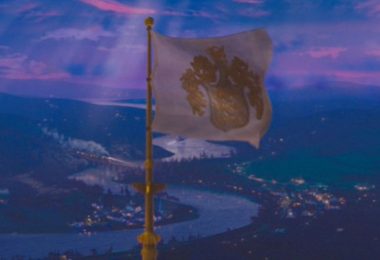
Erik, Chicago, Illinois
A: We contacted Mike Gabriel who conceived, storyboarded, did all development pieces, directed, and art directed the Disney motion pictures logo. Here is his answer:
"That is the authentic Disney family crest on the flag. It matches the Disney family crest stone plaque that is directly above Sleeping Beauty Castle's front entrance arch at Disneyland. I wanted the Disney family represented as the first thing you see on the castle as we descend from the wishing star. I was asked by Baker Bloodworth, who was producing an updated CG version of our logo if I had any ideas on how to redo it. I boarded a version in less than an hour and showed it to Baker and Susan Butterworth and they approved it to move forward. Baker produced. The castle is a hybrid of Disney park castles. Only secret hidden fun fact: Look for Roy E. Disney's Pyewacket, the dark silhouetted yacht in the river behind the castle, which I added to convey Roy will always have the studio's back. Disney executives approved the logo, and Weta Digital in New Zealand, led by Michael Pangrazio and his team, did all the final design and CG work based on my paintings thru teleconferencing with Baker and myself. They improved all elements."
Ruth, Torrance, CA
A: The Magic Whistle was a Disney educational film, produced by Dave Bell, and released in 1972. I do not know of a current source for the film. Disney educational films were usually distributed only to schools and libraries, and few of those institutions have maintained their film collections. (I was also a graduate of Pasadena High School.)
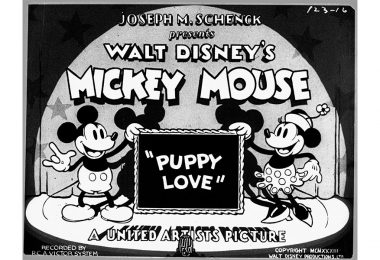
Meghan, Ann Arbor, Michigan
A: It is possible that Mickey Goes Courting is a shortened version of Puppy Love. Disney licensee Hollywood Film Enterprises added new titles when they cut a theatrical cartoon into several parts for home use.
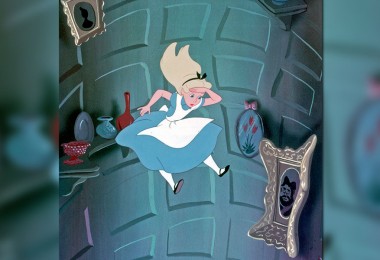
Matthew
A: According to Brian Sibley, who did research for a 1986 edition of Lewis Carroll’s book, Disney purchased the rights to the Tenniel drawings in 1931.
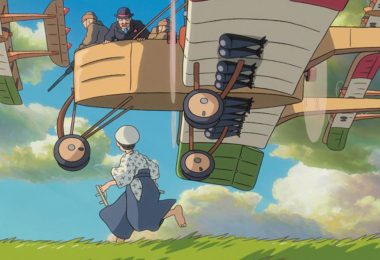
Hannah, Dublin, Ireland
A: John Lasseter, at Pixar Animation Studios, had long been an admirer of the work of Miyazaki. He felt that the Japanese animation director’s work should be seen by American audiences, so he supervised the translation and dubbing into English of several Miyazaki films, including Kiki’s Delivery Service, Spirited Away, and Princess Mononoke. Disney contracted to distribute these translated films in the U.S. Spirited Away even won the Academy Award for Best Animated Feature.
James, Northridge, California
A: The Emperor Penguins (1955) was an 11-minute black-and-white documentary film for which Disney obtained the distribution rights. It was filmed during a French Antarctic expedition led by Paul Emile Victor.
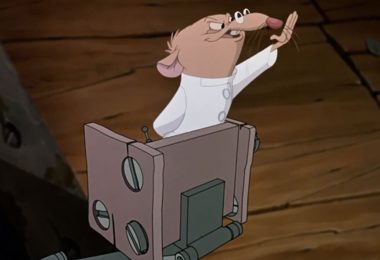
Brad Yeomans, Toledo, Ohio
A: The character was animated by Chris Bailey. He had started working for Disney in the mid-1980s and remained for a decade. He returned later to direct episodes of Kim Possible.

Katie, Welwyn, Hertfordshire, England, UK
A: Fantasia was shot on motion picture film; it was not taped. The original negatives are still available for the Company’s use.
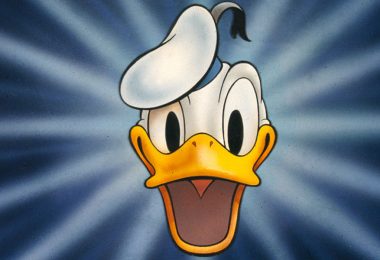
James Merchant, Melbourne, Victoria, Australia
A: When Walt Disney came up with a duck character, he wanted to use alliteration, such as he did with Mickey Mouse. Donald was a popular name in the 1930s, so naming the character Donald was an obvious choice. It is a stretch to think that he might have been named for an Australian cricket player, even though that has been speculated on Wikipedia.

Brantley, Eagle Mountain, Utah
A: Figaro made his debut in Pinocchio, but he was so popular that Walt Disney used him in seven short cartoons, including two with Figaro in the title: Figaro and Frankie and Figaro and Cleo. He has also appeared in Mickey Mouse Clubhouse and Minnie’s Bow-Toons.










